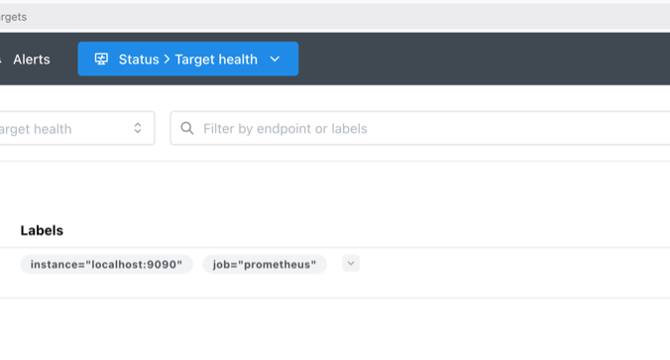Self-Learning-Java
2w
129

Image Credit: Self-Learning-Java
How to Reload Prometheus Configuration Without Restarting the Server?
- When you change the prometheus.yml configuration file, Prometheus does not automatically pick up the changes.
- Two ways to reload the configuration without restarting the server: using the SIGHUP signal and using a POST request to the Reload Endpoint.
- To reload using the SIGHUP signal on Linux systems, find the Prometheus process ID and send the SIGHUP signal to reload the config.
- The SIGHUP signal is used to instruct a process to reload its configuration without restarting.
- To reload via POST request, start Prometheus with the lifecycle endpoint enabled and send a POST request to /-/reload.
- Enable the lifecycle endpoint by starting Prometheus with the --web.enable-lifecycle flag.
- You can confirm changes to the configuration by observing the targets section in Prometheus.
- Ensure the user running the command has permission to send signals to the Prometheus process.
- Changes made to the configuration file will not be reflected automatically; a signal needs to be sent to prompt the reload.
- Executing the kill -HUP command with the process ID triggers the configuration reload.
- Alternatively, utilize a POST request to /-/reload to trigger the configuration reload.
- You can observe changes in the Prometheus targets section after reloading the configuration.
- Removing a job from the Prometheus configuration file and sending a POST request to /-/reload will reflect the changes.
- Both methods provide efficient ways to update Prometheus configurations without server restarts.
- Reloading configurations at runtime ensures updates take effect without interrupting metrics collection.
Read Full Article
7 Likes
For uninterrupted reading, download the app